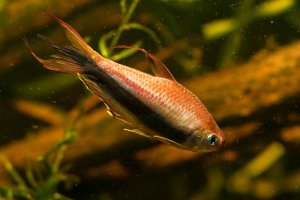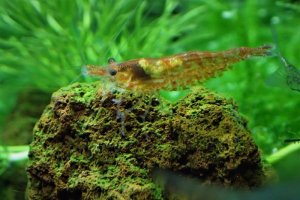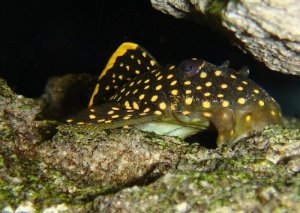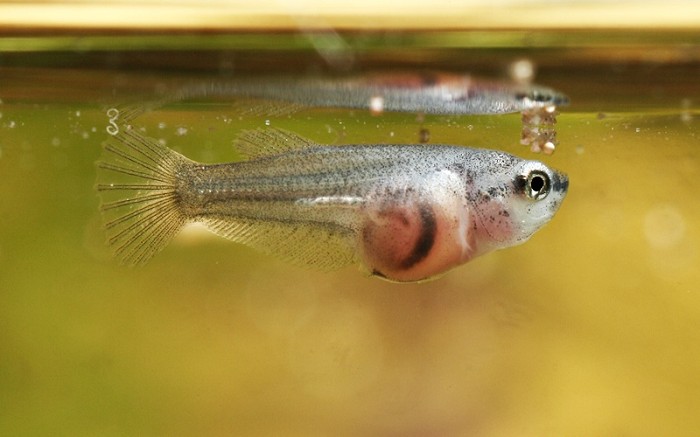
Betta Fish, despite their exotic appearances, is actually relatively easy to breed. If you decide to embark on this, you will then find that you have a host of betta fish fry on your hands. These little creatures can be great to watch, but they do need as much care as an adult betta – only of a different sort.
Read on to find out all about how to take care of Baby Betta Fish, with information on everything from setting up a dedicated tank for them, to what they eat, and how to spot diseases.
Breed Overview
| Origin | Thailand, Vietnam, Cambodia, and Laos |
| Lifespan | 2–5 years |
| Colors | A huge variety of colors |
| Food | Carnivorous |
| Tank Size | 20-30 gallon (76-114 liter) grow-out tank, 20 gallon (76 liter) breeding tank) |
| Temperament | Fast and lively |
| Water Type | Freshwater |
| Water pH | 7-7.5 |
| Water Temperature | 74-82F/23-28C |
| Difficulty level | Intermediate |
Betta Fish Fry Tank Setup
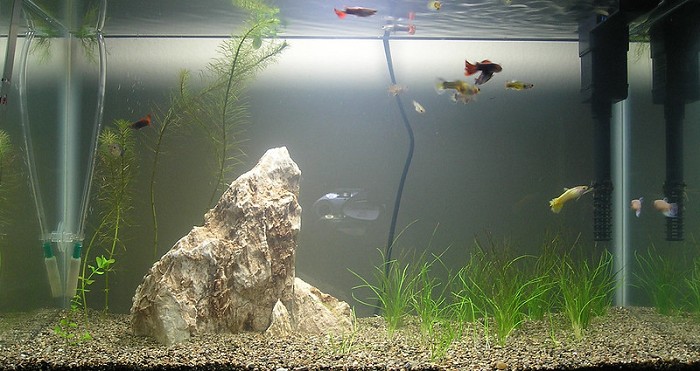
Preparing and planning to breed and raise Baby Betta Fish is one of the key steps in ensuring your fish thrive! As the process takes some thought, having everything prepared ensures that all goes as you intend. To get everything ready for betta fry, you need a breeding tank and a growout tank.
Basic Tank Parameters
Water parameters for breeding bettas and raising hatchlings are more or less the same as for adult bettas. These are:
| Water Temperature | 82F/28C (+/- 2-3 degrees) |
| pH | 7-7.5 |
| Water hardness | 3-4 dGh |
| Ammonia and nitrates | Zero |
| Tank maintenance and filtration | Sponge filter with low flow rate (4x tank capacity) and daily water changes of about 1/5th of the water |
Setting Up A Breeding Tank
A betta fish breeding tank doesn’t have to be as fancy as your main aquarium. The substrate can be gravel or sand, or nothing. However, your betta couple will definitely appreciate some plants, as these provide a sense of shelter and safety, and encourage them to mate.
Setting Up A Growout Tank
The growout tank, like the breeding tank, should be a minimum of 20 gallons (76 liters). However, it doesn’t hurt to increase this to 30 gallons (114 liters) to ensure your Baby Betta Fish have the optimum water quality.
However, unlike the breeding tank, a low, flat tank is best. You can use plastic containers that are available from places like aquatic stores and garden centers for this purpose. The ideal water depth is 8-12 inches (20-30 cm). This ensures that there is plenty of surface area so the water is well-oxygenated.
How Do Betta Fish Mate?
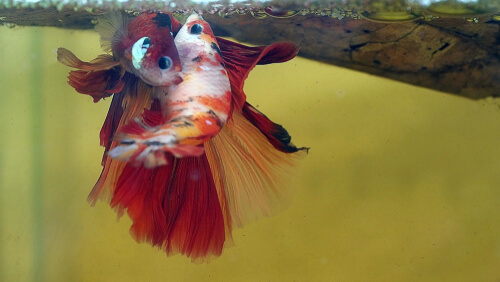
A good bit of background info for raising fry is the knowledge of how betta fish mate. Generally, the female betta will in fact base her willingness to male with the male off how much she likes his bubble nest. If she approves, she will lay her eggs there, and the male will spray his milt over them. Thus, your Baby Betta Fish will start off guarded diligently by the male.
How Do Baby Betta Fish Hatch?
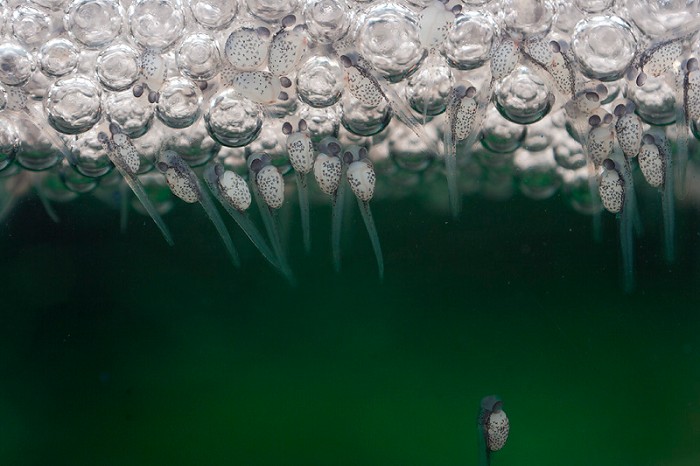
Indeed, one of the most unique parts of the betta fish life cycle is the protective role of the male betta. He will guard the bubble nest and eggs until they hatch into fry in about 2-3 days. At this point, the fry still has the yolk sac attached to them, and they get all the nutrients that they need from it. At this stage, it is a good idea to remove the male betta lest he becomes aggressive.
Feeding Baby Betta Fish
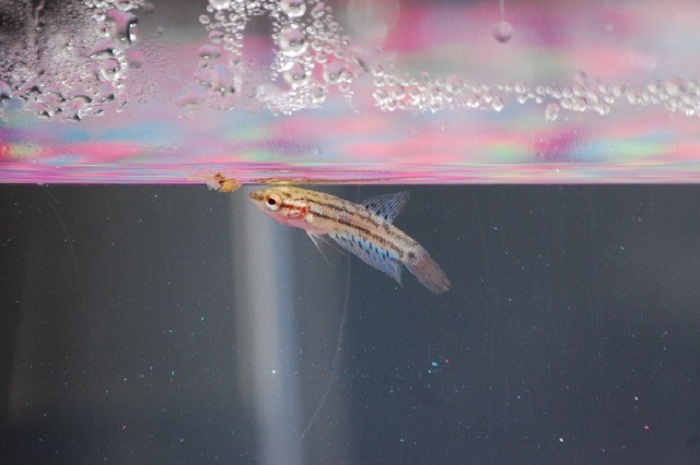
You may already be familiar with how to feed adult betta fish. Yet did you know feeding Baby Betta Fish is a very different process? This is generally because of their small mouths. They cannot eat the same live food or hunt as adult betta fish can. Fortunately, there are lots of ways to feed Baby Betta Fish.
Baby Betta Fish Food
At first, Baby betta Fish get all the nutrients that they need from the yolk sacs of their eggs, which are still attached to them when they hatch. They gradually absorb these over the first two days after hatching. It is only then that you will need to start feeding your Baby Betta Fish.
- Infusoria
What is best to feed the hatchlings? One of the best ways to ensure betta fish abies get everything they need is via infusoria. This is a specialist mixture of plankton and microscopic aquatic invertebrates that you can purchase online or from specialist aquatic stores. It is very similar to what betta fish would eat in the wild at this stage of their development.
- Egg yolk
Another way to supplement the nutrients for your baby bettas is via egg yolk. You can drop this into the water and your baby fish will easily be able to eat it due to its soft texture. The only downside of this is that egg yolk can be very messy. Therefore, be sure you have a large, well-filtered tank, and change the water frequently.
How Often To Feed Baby Betta Fish?
In the early stages of their development, it is best to feed betta little and often. In general, betta fish shouldn’t go long without eating. This generally varies based on the amount of fry you have and your routine, but a good rule of thumb is that you can feed them two or three times per day. Only feed what your baby fish can eat in five minutes. Feeding on a schedule like this helps you keep up with the fast metabolism of rapidly growing baby bettas.
How Long Before A Betta Fish Baby Can Eat Solid Food?
You may be surprised at how quickly Baby Betta Fish can eat solid food! In truth, it’s best to start them on solid food as soon as their mouths are big enough to accept it. This is generally after three to four days of feeding them infusoria.
One of the best live foods is baby brine shrimp. Brine shrimp have lots of protein that is idea not just for your baby fish’s growth but also for their sexual development and healthy maturation. Other good foods include grindal worms, vinegar eels, white worms, and mosquito larvae.
How Baby Betta Fish Grow
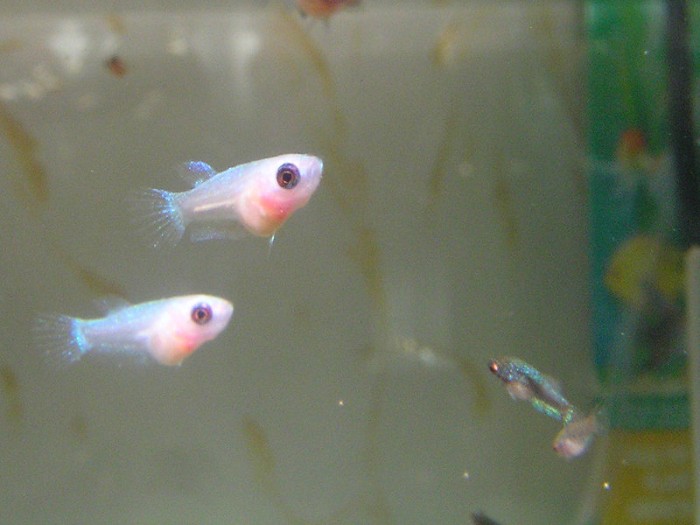
Baby betta fish grow really rapidly! One of the most rewarding parts of breeding your own betta fish is the fact that you can see them grow in real-time. Thus, it’s important to have a good idea of their growth pattern so you know how to adapt to their requirements at different stages of life.
When Do Baby Betta Fish Need Their Own Tank?
Generally from 7 weeks onwards, you need to start thinking about separating bettas. A tell-tale sign that you need to give them their own space is when you start to see aggressive behavior. Generally, betta fish males and females cannot live together very comfortably.
Aggression can look like fin nipping or chasing other fries. At this stage, you should ‘jar’ the fish. This is the technical term for the process of keeping them in separate jars or containers.
How Do Baby Betta Fish Develop Their Colors?
Baby bettas tend to become colorful at around 8-9 weeks of age, the same time as they show aggression. As bettas use their colors to attract a mate, a colorful betta is always a potential rival to another betta.
This is generally stronger with males, and you can in fact keep the females together for a while longer.
Author’s Note: Author’s Note: It can be hard to tell the sex of your betta fish. However, from about 7 weeks of age, their fins start developing. This is when you can tell whether they are male or female, as males have their distinctive, flowing fins. This is also around the same time that you should separate them.
Pests And Diseases
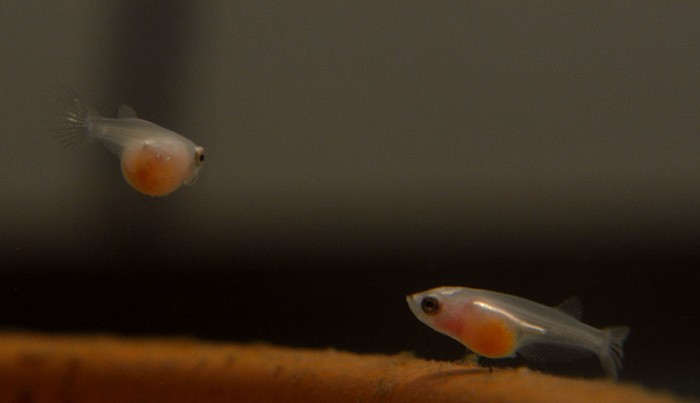
Like adults, baby bettas can be susceptible to pests and diseases too! In fact, as they are growing and using so much energy, they can be even more vulnerable. Here are some of the main things to look out for:
How To Tell If A Betta Fish Baby Is Sick
How do you tell if a baby betta is sick? You may feel that this is much more difficult than for adult bettas, as baby fish are smaller and it’s harder to spot details such as the characteristic red sores of fin or tail rot.
1. Behavior
However, a good sign your fish is sick is it’s behavior. Is it moving slowly and lethargically? Is it struggling to compete with the other betta fish for food? It may e the case your fish is suffering from a parasite or other infection.
2. Growth Pattern
Likewise, failure to grow can be an indicator that fish are sick. A sick fish may stay smaller or in an earlier stage of development. You may see it has stunted growth or is not as colorful. Either way, if you notice a sick fish, it’s always best to keep an eye on the rest of your fish too. It may be that if your fish is infected, there is a risk of this infection spreading to others.
Factors Affecting Baby Betta Fish Survival
Many factors affect the survival of baby bettas. However, overcrowding is a major cause of disease outbreaks for fish, and thus, one of the most important is water quality and tank density. In fact, the two are directly related!
How? Betta fish can produce a lot of waste – especially baby bettas that are growing quickly and eating lots of food. Therefore, the more fish you have per volume of water, the more regularly you should change the water to maintain it’s quality.
How To Maintain Water Quality:
1. Start Off With A Big Enough Tank
It goes without saying, but having a big enough tank will ensure your baby bettas stay healthy. As we outline in the ‘tank setup’ section, generally it’s best to start your betta fry in the breeding tank and move them to what aquarists call a ‘grow out tank.’ This should be a minimum of 20 gallons. However, depending on your budget, it doesn’t hurt to raise this to 30 gallons.
Likewise, choosing a low, flat container for your grow-out tank with plenty of surface area ensures the water stays oxygenated.
2. Remove Uneaten Food
As a preventative measure to ensure water cleanliness, always remove any food that hasn’t been eaten by your fish within five minutes. Uneaten food remains in the tank and sits there, rotting and adding ammonia and nitrates to the water.
3. Change Water Frequently
Changing water for baby bettas is not the same as for adults. Whilst adult betta fish do best with a change of a third of their water every week, baby bettas need more regular water changes. This can either be a change of half the water in the grow-out tank two times a week. Or, you can change a smaller amount of water (about a fifth to a sixth) daily.
Author’s Note: Plants are another great way to improve the water quality, oxygenating it and ensuring your baby bettas can thrive! Yet, did you know live plants actually have plenty of microscopic aquatic organisms on them? These can provide an important source of infusoria to enrich your fishs’ diet.
Parasitic Infections
Just like adult bettas, baby bettas are prone to parasitic infections. Two of the most common parasitic infections are ich, and hexamita.
However, fish that have low immune systems in general are more likely to be prone to parasites. You can boost your fish’s immunity by ensuring tank water is clean. In the event that fish do develop parasites, you can generally treat this by removing the infected fish and placing them in a tank where you can add Epsom salt to the water. This is important as otherwise, parasites can spread to the rest of your baby bettas.
Bacterial Infections
One of the most common treatable bacterial infections in bettas of all ages is fin and tail rot. However, more serious infections can occur, like dropsy, a bacterial infection of the kidneys. With this, prevention via keeping the water clean is better than cure. However, treatable infections can be managed by isolating the fish and using over-the-counter medication.
Author’s Note: Catching infections quickly is extremely important amongst baby bettas in a grow out tank. This is because as fish are kept together in close proximity, infection can easily spread between your fish.
Final Thoughts
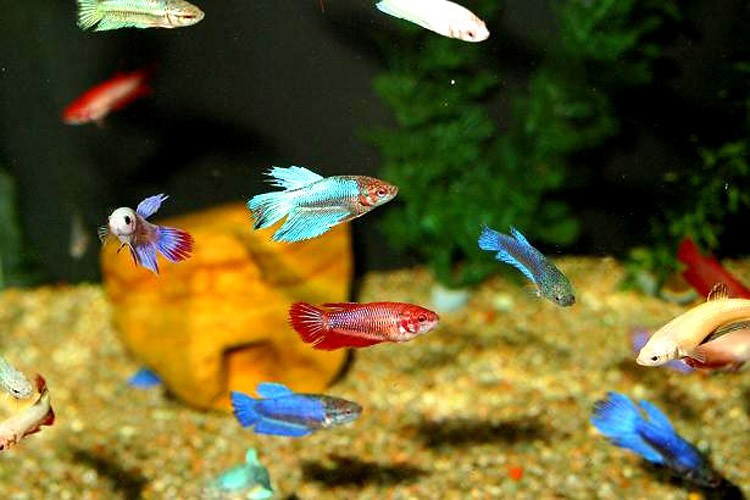
Looking after baby bettas is an inevitable part of breeding your fish. However, it is not as daunting as it seems. The most important part of the process is ensuring you have everything planned and prepared, with plenty of space and enough food, and separate habitats for baby fish when they reach the correct age. This way, the process of raising your betta fry will go smoothly – and you will have plenty of delightful new colors, morphs, and patterns to discover as they develop.


